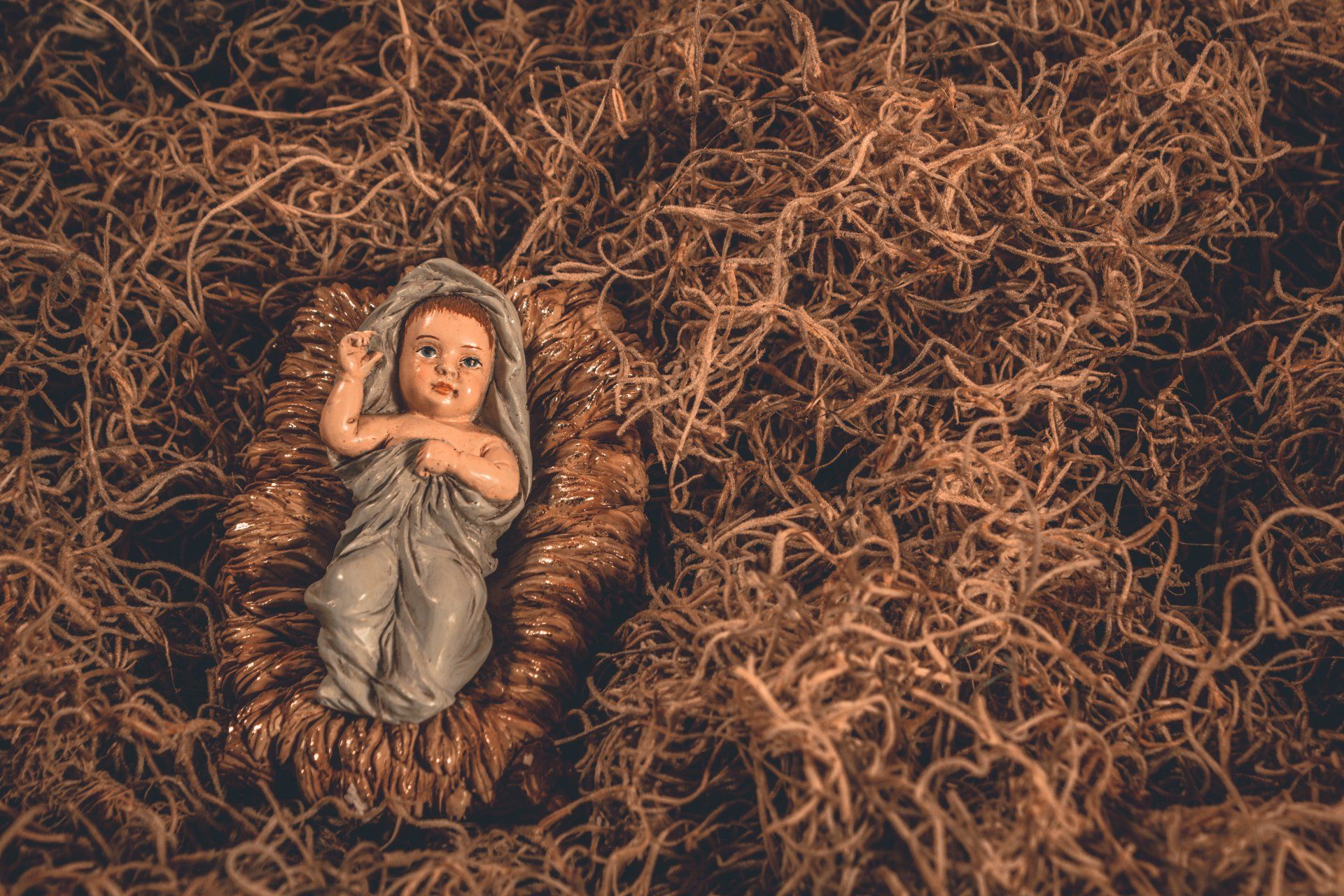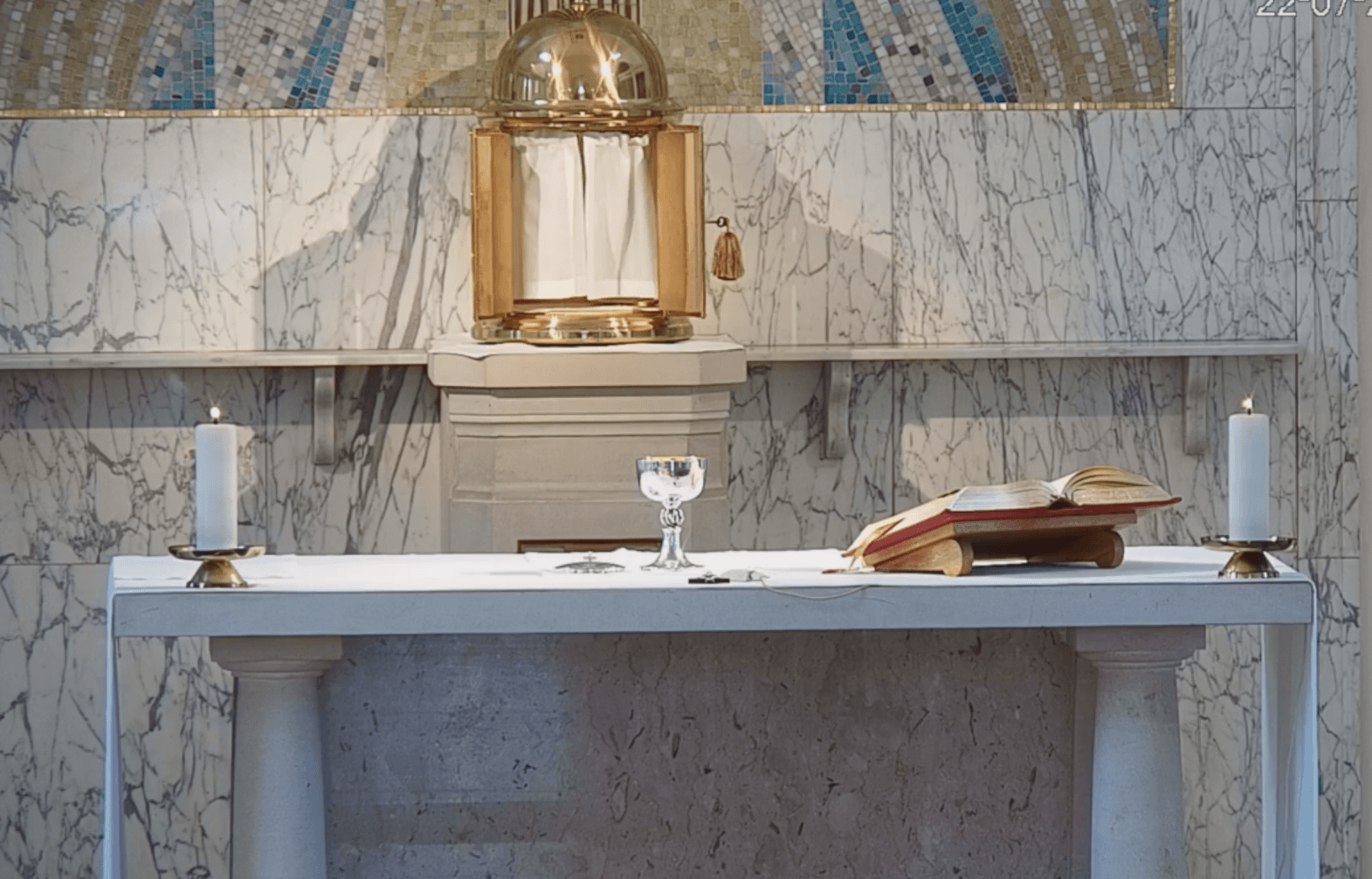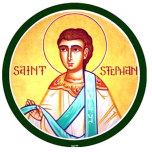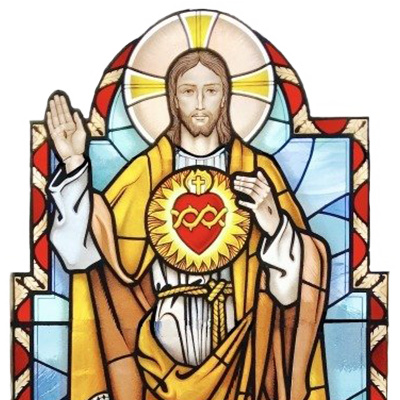Sunday 27th June 2021
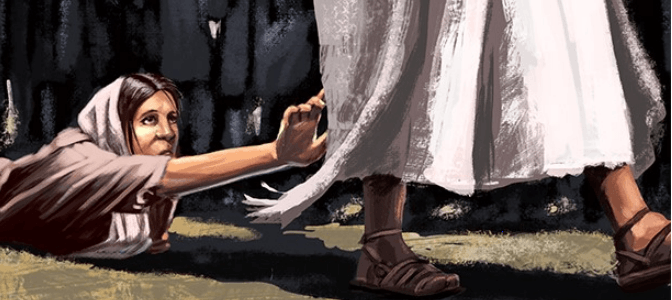
Mark deliberately structures his narrative in this weekend’s gospel so that two stories relate to one another.
Jarius, a synagogue official, appeals not to the synagogue but to Jesus for the healing of his daughter. As Jesus and Jarius are on the way to his house, they are interrupted. A woman who is haemorrhaging, probably from a gynaecological cause, worms her way through the crowd and touches Jesus’ clothes. In first-century Palestine, a menstruating woman was regarded as ritually ‘unclean,’ excluded from relationships with her husband, family, friends, and worshipping community. Anyone or anything with which she came into contact during those days was also regarded as unclean. For twelve years, Mark tells us, the desperate woman had wasted money on physicians, and becoming even worse she had endured a living death of alienation. Regarded as a ‘contaminant,’ she should not even have been out in a pressing crowd; but she is ready now to risk being identified in the desperate hope that if she could only touch Jesus’ garment shoe would be cured (in Greek, the word translated here as ‘cured’ is also the word for ‘saved’).
As she touches Jesus, the woman knows immediately that she is healed. In the depths of her body there is a sigh of relief and joy. When Jesus asks, “Who has touched my clothes?” the woman comes forward, falls down “in fear and trembling,” but caring nothing now about who hears her story. Then from being nobody’s daughter, disowned as wife, or mother, or sister, or friend, she hears herself named by Jesus as “Daughter.” Jesus sends her away in peace, for her faith in him has brought not only physical healing that allows her to return after twelves years to her normal everyday relationships, but also establishes a new relationship as a member of the family of faith.
An so as Jesus continues to Jarius’ house, now as someone who has violated taboos and been ‘contaminated’ with ritual uncleanness by the woman, word comes that the girl has died. But Jesus encourages Jairus to have the same faith as the woman. When they reach the house, Jesus faces ridicule, scorn, and the ultimate enemy - death. With the girl’s parents clinging desperately to the last thread of hope, Jesus takes the girl by he hand and tells her to ‘arise!’ That Mark has retained in this narrative the mother tongue of Jesus and those with him, adds to the precious intimacy of the miracle. After rising from the dead, she begins to walk around, and Jesus tells the young woman’s parents to give her something to eat - a sequence of events that parallels the resurrection appearances of Jesus himself and has eucharistic memories for Christian communities gathered as we are on Sundays for a meal of thanksgiving and nourishment.
